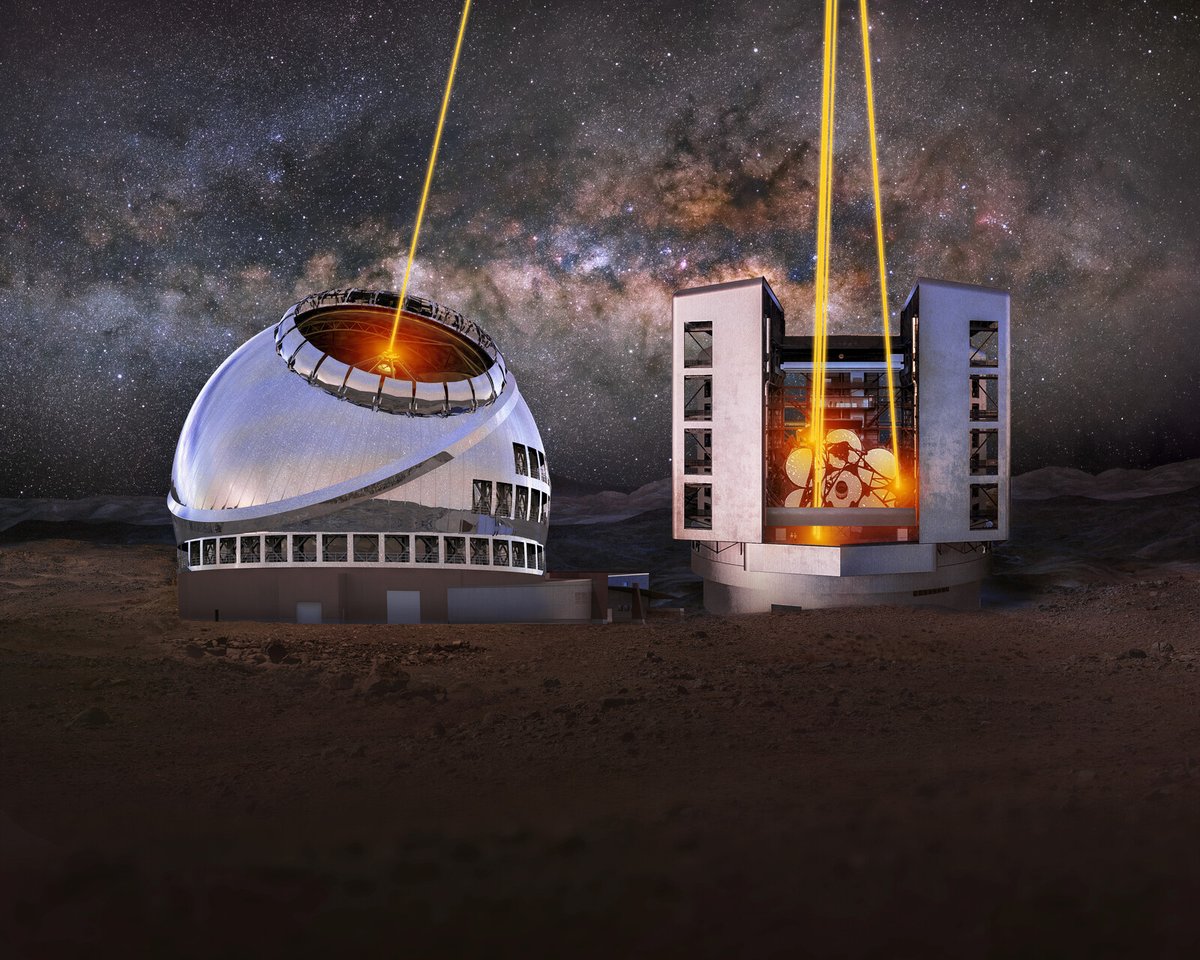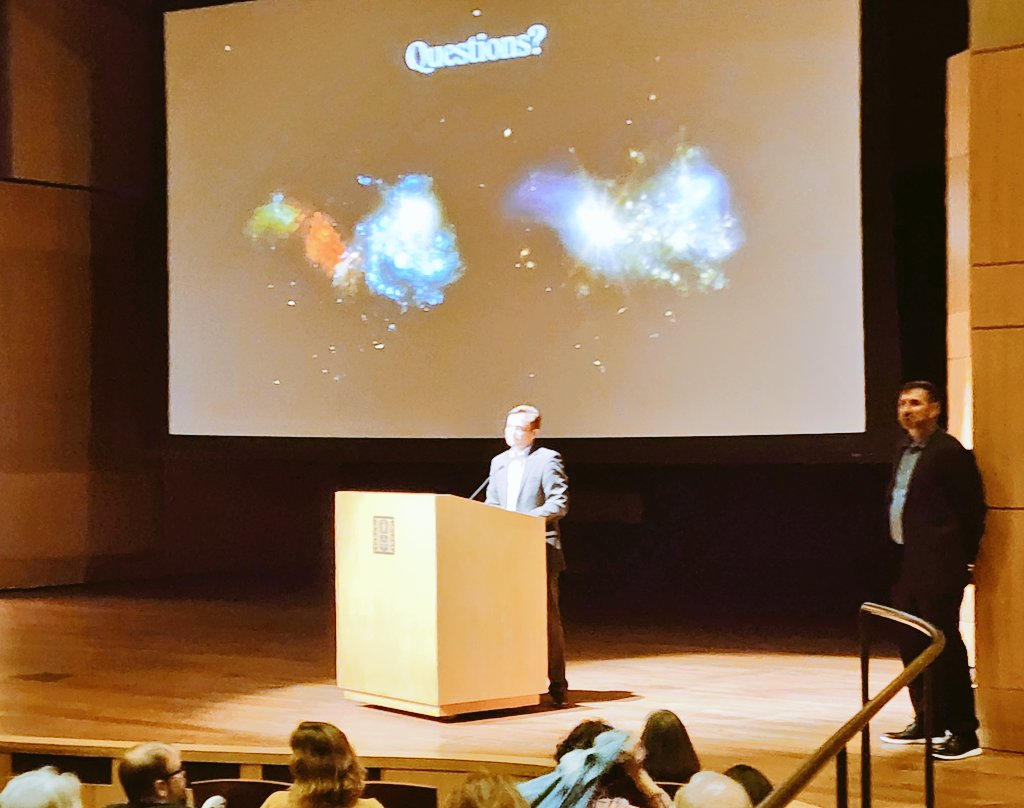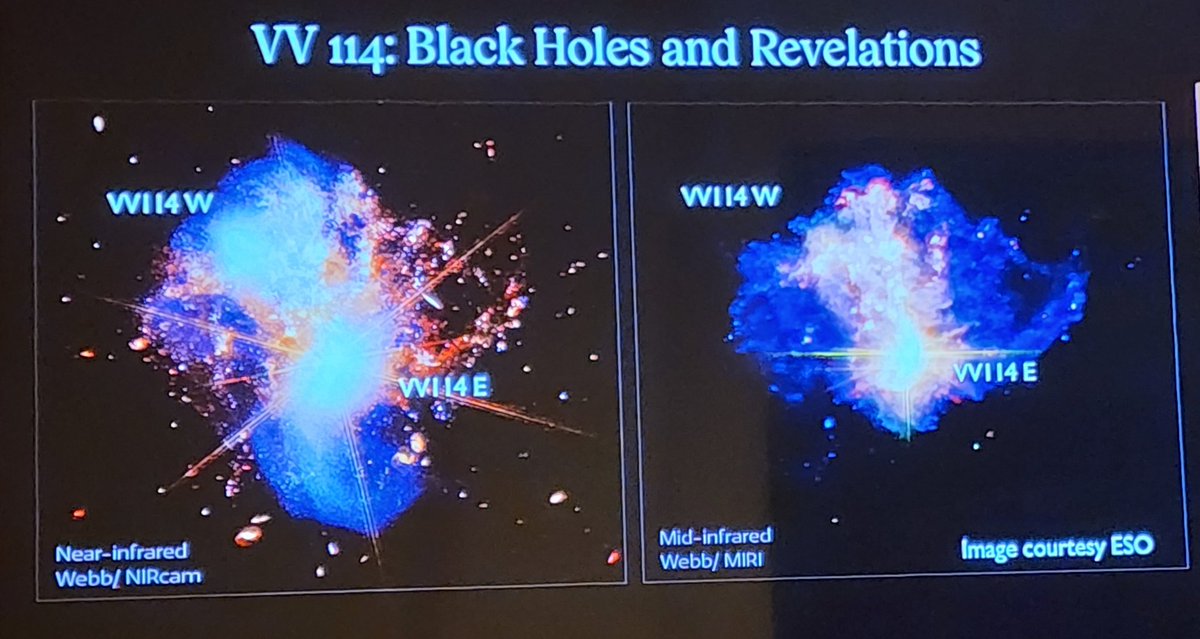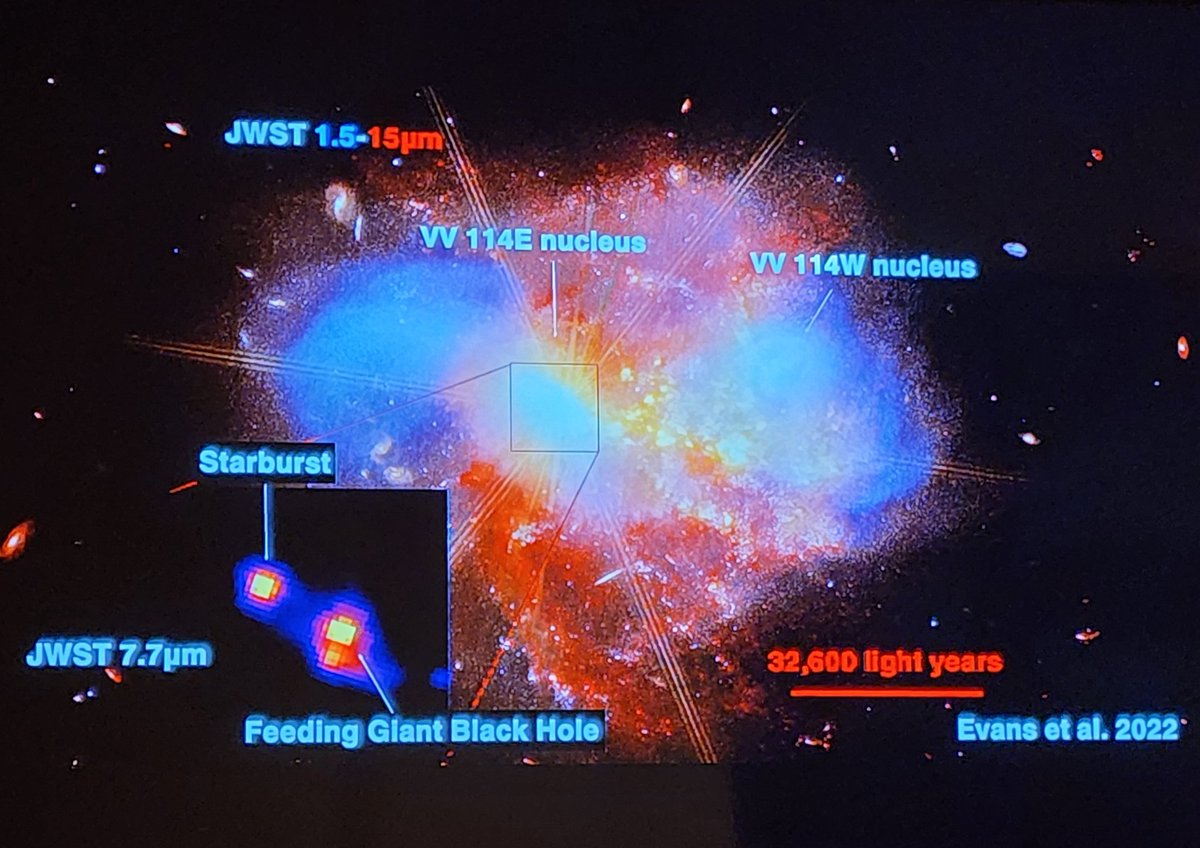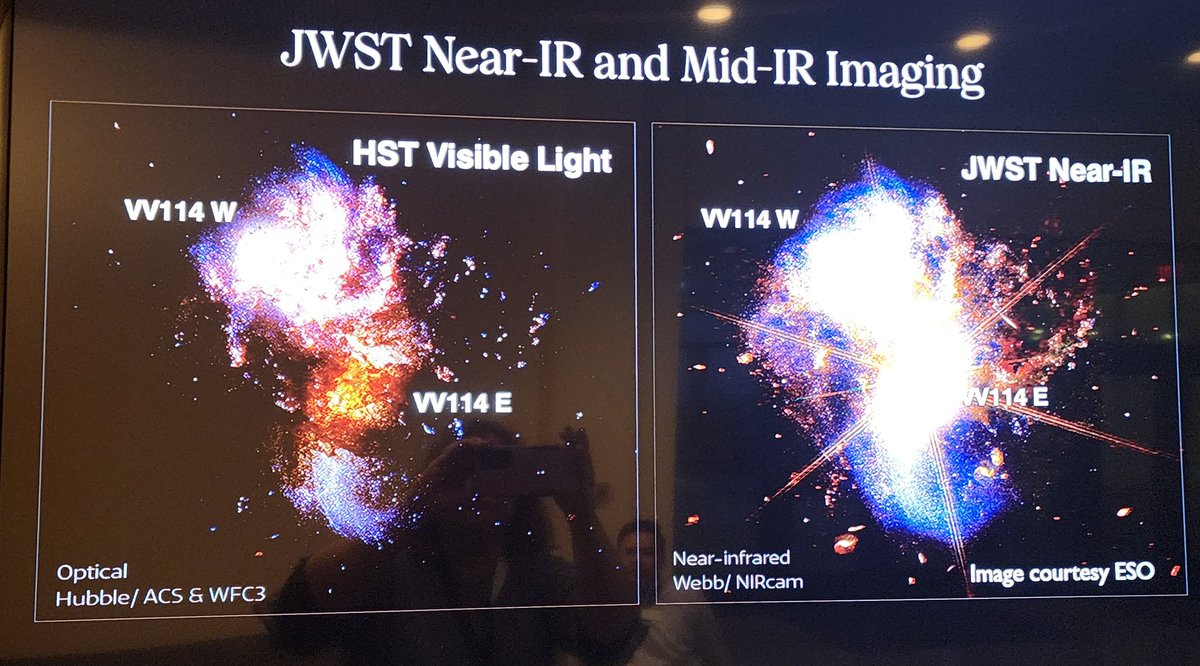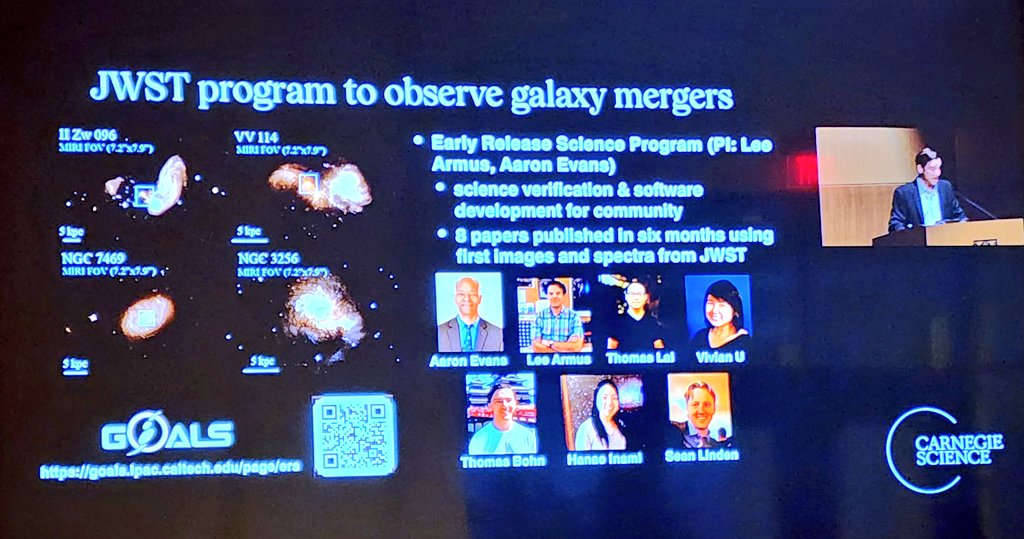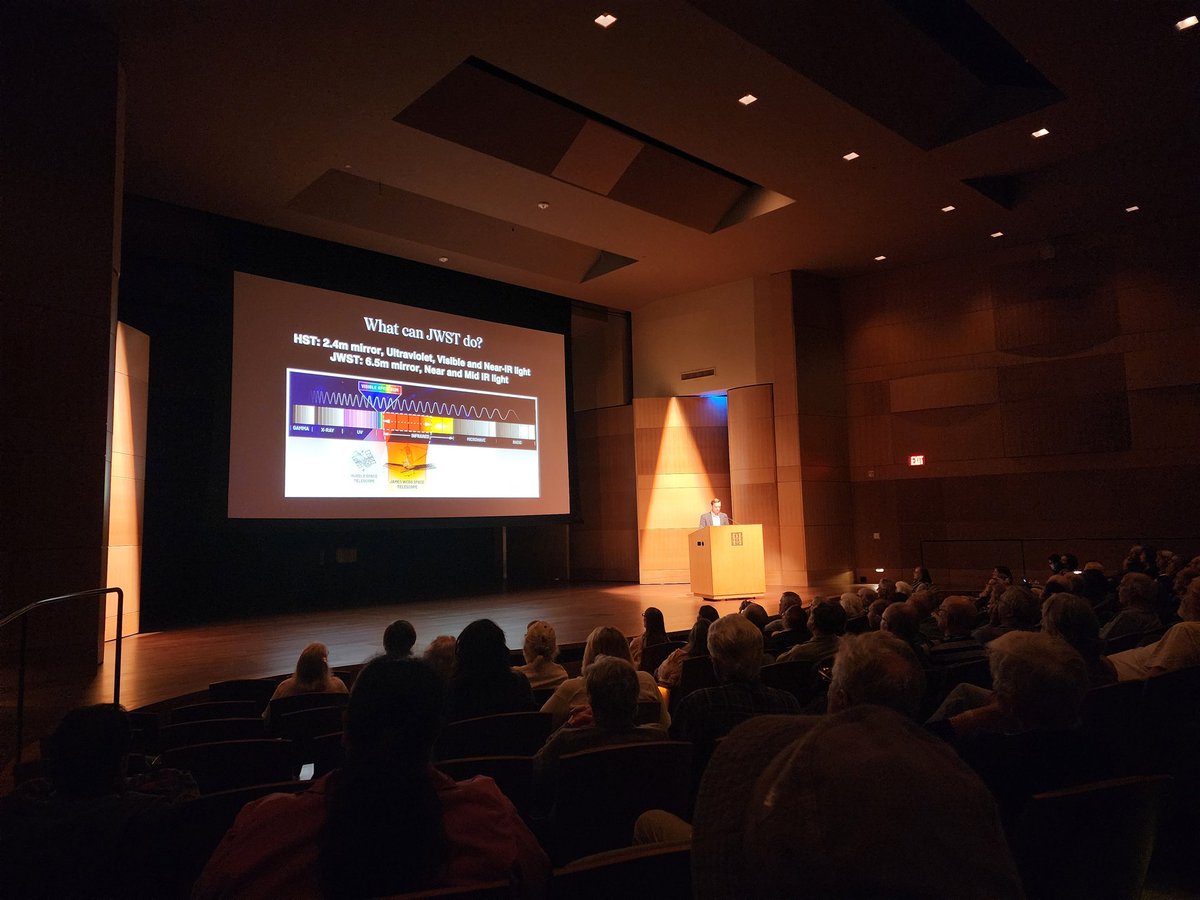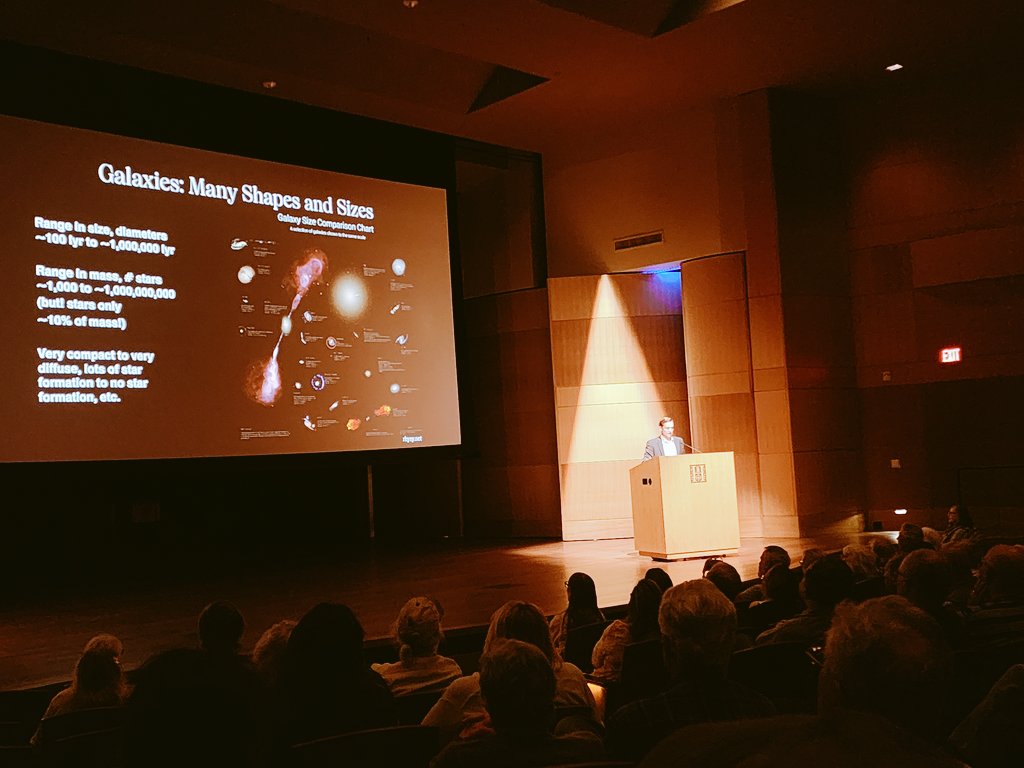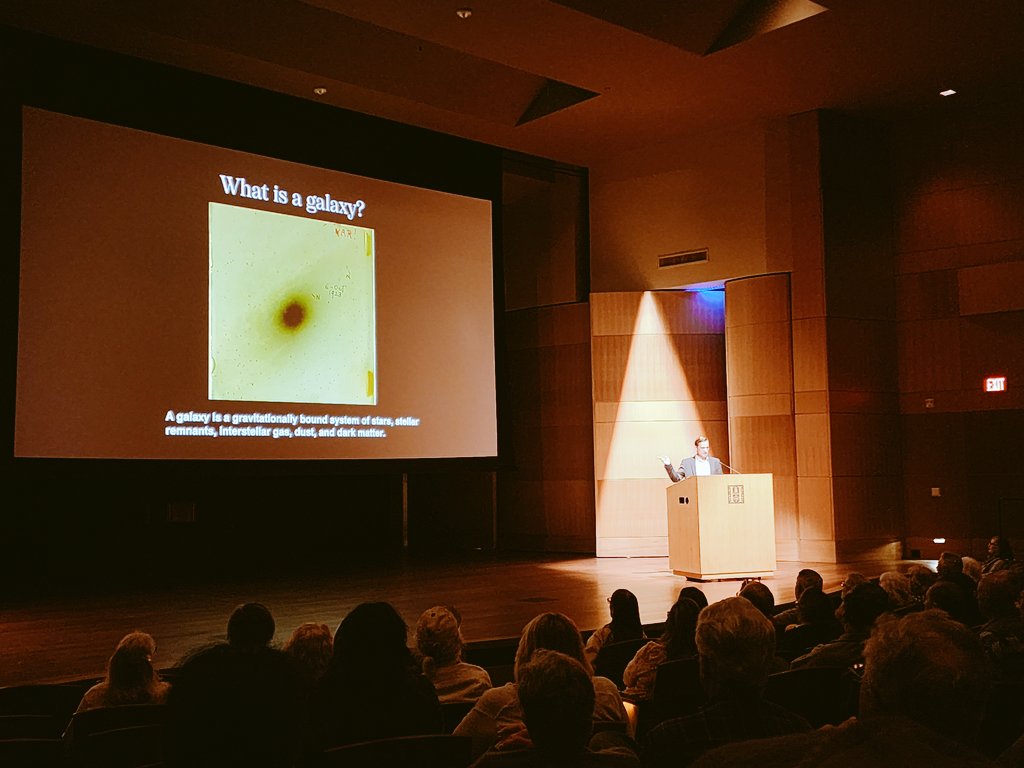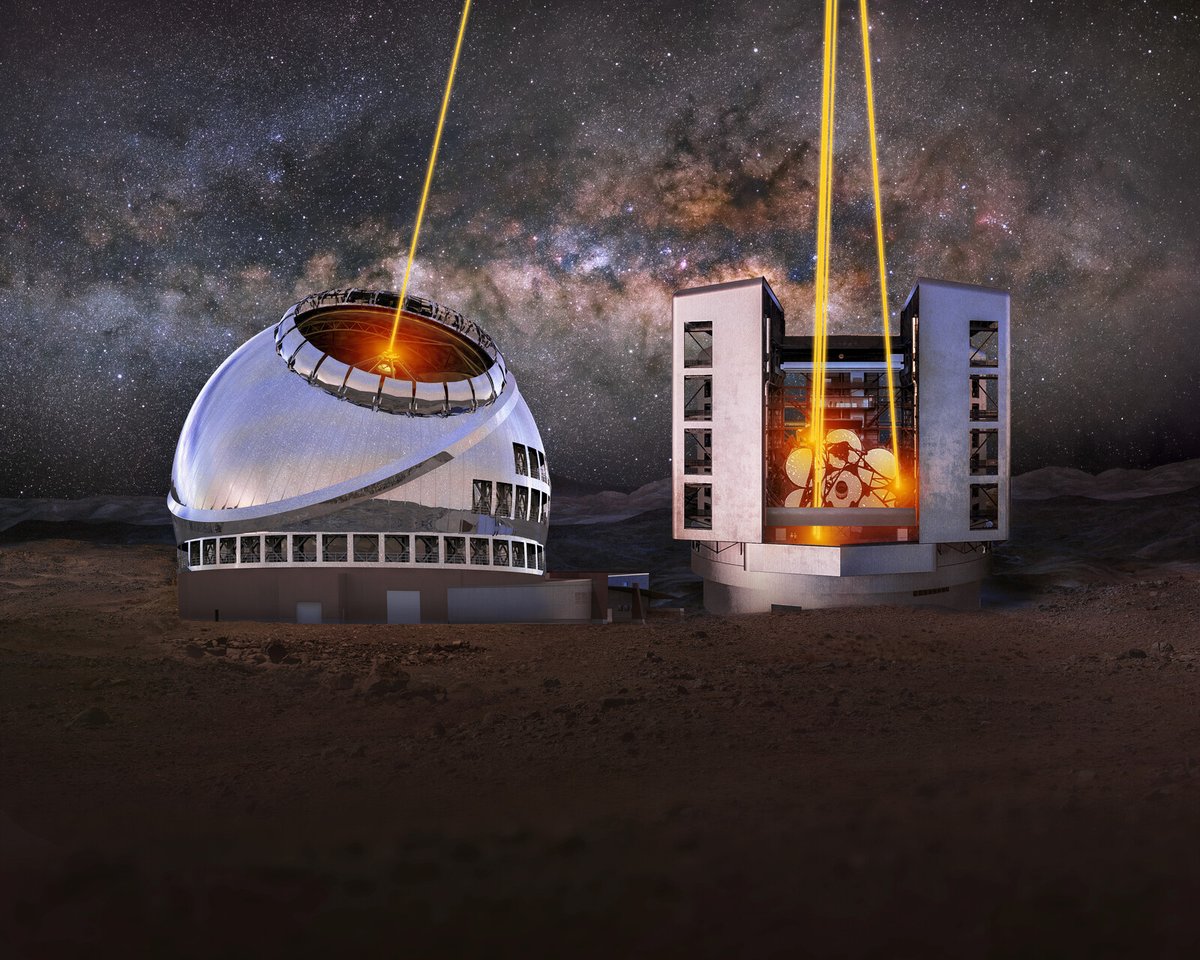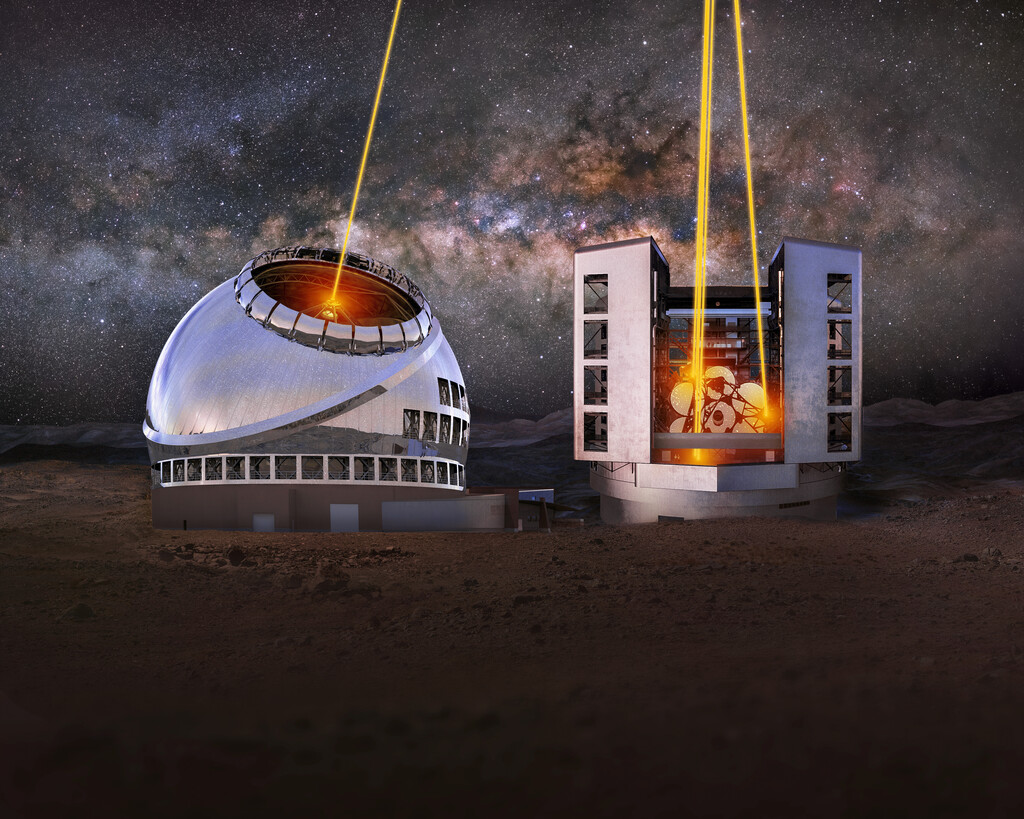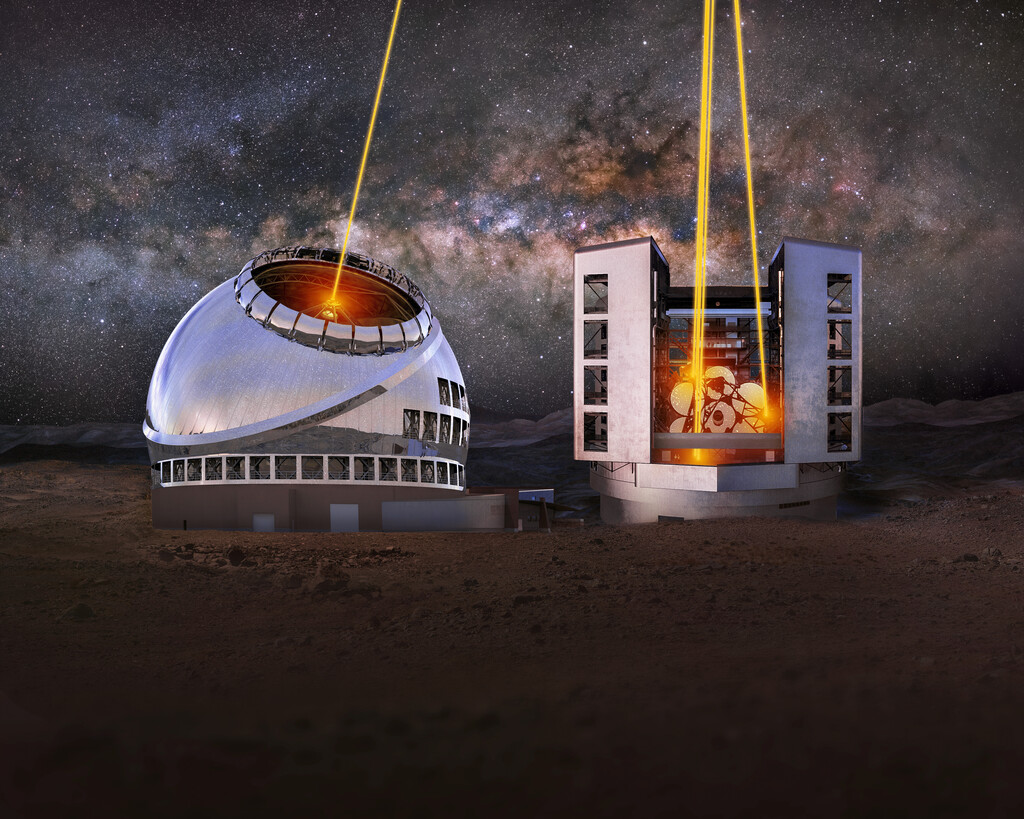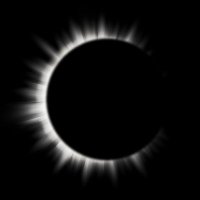
Carnegie Astronomy
@CarnegieAstro
Bringing you astronomy from The Carnegie Institution for Science: The Observatories in Pasadena, CA, EPL in Washington DC, and Las Campanas Observatory in Chile
ID:3008464880
http://bit.ly/CarnegieAstro 02-02-2015 22:31:00
12,4K Tweets
9,2K Followers
1,1K Following











Our Director John Mulchaey introduces tonight's presenter at The Huntington, Jeff Rich, who will talk about his work using #JWST to study dusty merging galaxies.
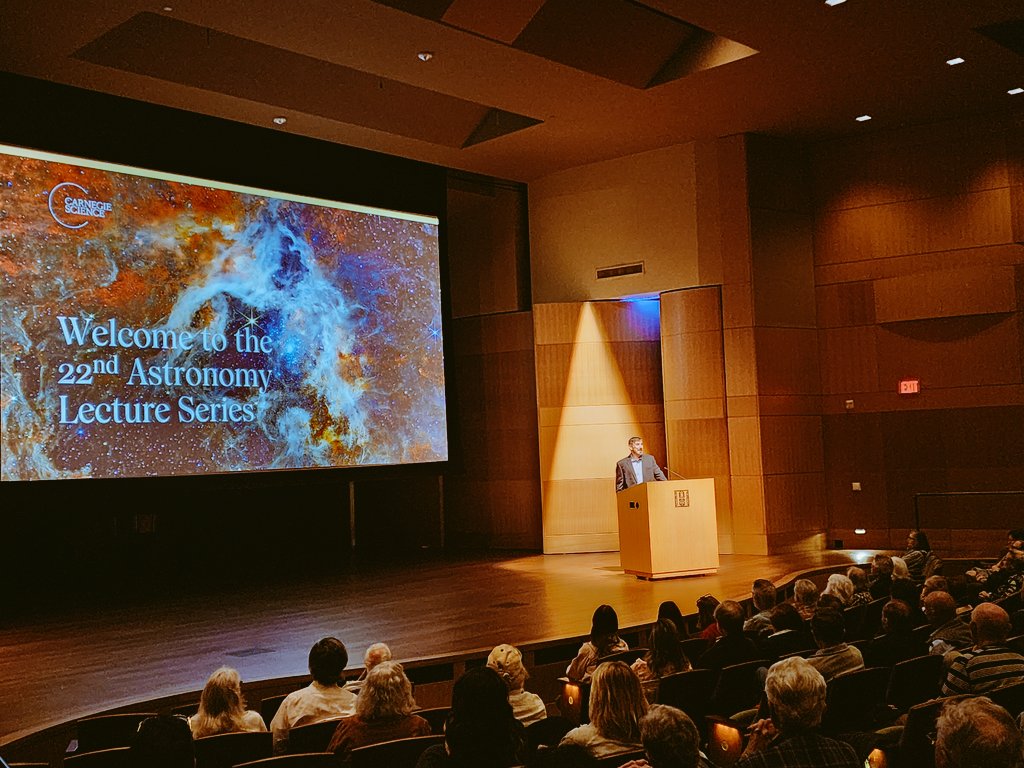

Caltech President Thomas Rosenbaum writes in the Los Angeles Times with Carnegie Science President Isaacs on the importance of federal funding for large-scale astronomy. Opinion: America's 'big glass' dominance hangs on the fate of two powerful new telescopes latimes.com/opinion/story/…


Pres Rosenbaum and Eric Isaacs of Carnegie Science write in L.A. Times Opinion about the scientific losses the US may face if *both* giant telescope projects recommended in the Astro2020 decadal survey aren't funded.
latimes.com/opinion/story/…


Falling behind in science and technology can be costly. Now, U.S. leadership in astronomy is threatened as the NSF considers whether to fund 2 giant telescope projects say Carnegie President Eric Isaacs and Caltech President Thomas Rosenbaum in L.A. Times Opinion latimes.com/opinion/story/…
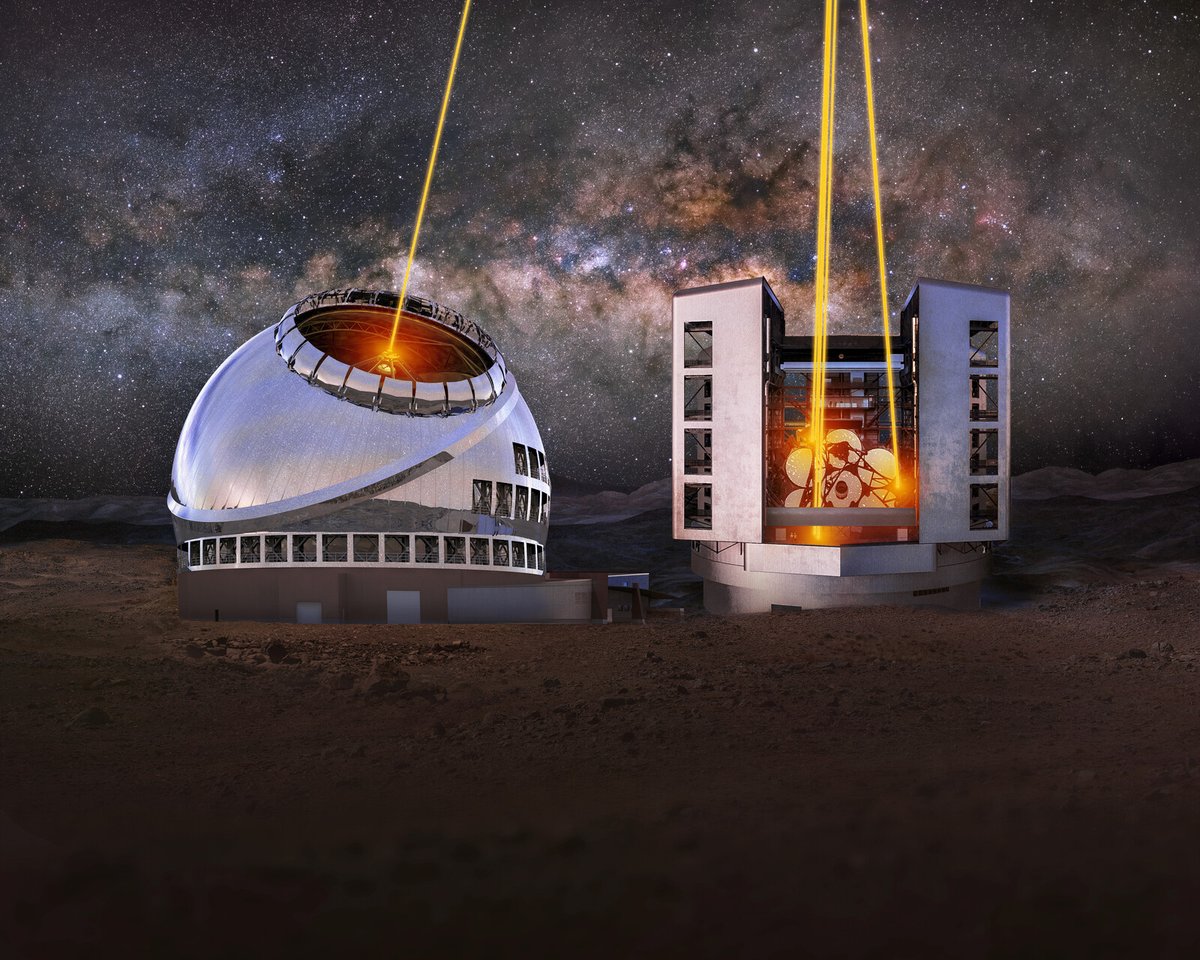

The U.S. is the unquestioned leader in astronomy & building telescopes. A failure to step up now would cede our dominance in ways that would be difficult to remedy say Carnegie President Eric Isaacs & Caltech's President Thomas Rosenbaum in L.A. Times Opinion. latimes.com/opinion/story/…
